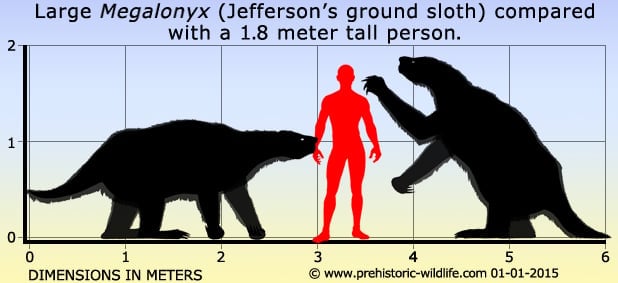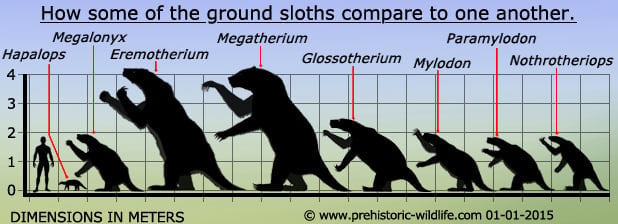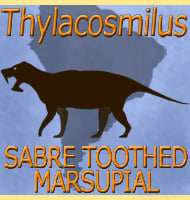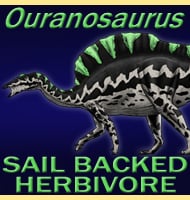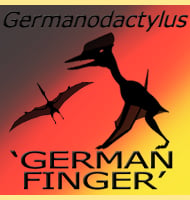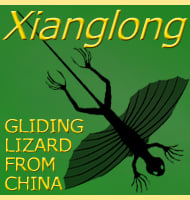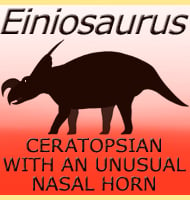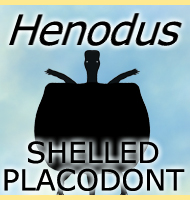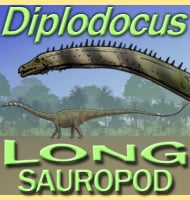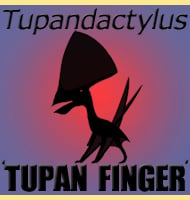In Depth
Further Reading
– Third contribution to the Snake Creek Fauna. – Bulletin of the American Museum of Natural History 50:59-210. – W. D. Matthew – 1924. – The Ground Sloth Megalonyx from Pleistocene Deposits of the Old Crow Basin, Yukon, Canada. – Arctic (Calgary, Alberta: The Arctic Institute of North America) 53 (3): 213–220. – H. G. McDonald, C. R. Harington & G. De Iuliis – 2000.- Ancient Mitogenomes Reveal the Evolutionary History and Biogeography of Sloths. – Current Biology. 29 (12): 2031–2042.e6. – F. Delsuc, M. Kuch, G. C. Gibb, E. Karpinski, D. Hackenberger, P. Szpak, J. G. Mart�nez, J. I. Mead, H. G. McDonald, R. D. E. MacPhee, G. Billet, L. Hautier & H. N. Poinar – 2019.
